Rory has now posted his second blog on how we used LEGO SERIOUS PLAY to develop a business model (using the canvas as the structure). It is as well written and informative as the first, I warmly recommend it
You can read it here
In my last post of this two part series I explain why we wanted to build a lean startup with Lego and here I expand on the previous post by looking at exactly how we went about the experiment where we used Lego bricks to build a lean version of the Business Canvas. I go into the detail of how we actually ran the workshop and how building a Lego Lean Startup helped us to gain a shared understanding of the business model we were looking to test.
Recap from the previous post
I would recommend reading the previous post in order that you might fully understand why we chose to use Lego bricks to build our strategy canvas, as this post will examine how we used it . However the main points to recap from the last post are:
- The actual words you use to describe a concept, idea or solution can be important
- Our language can be interpreted in subtly different ways
- The Lean Canvas requires you to capture big ideas with a few words
- Gaining alignment on understanding is harder than it seems
- Lego Serious Play is a tool that can gain alignment, build a shared insight and focus the team on what needs to be done
So if you read my previous post you will understand why our team felt we needed more than a whiteboard to really get shared understanding of our canvas.
Using LEGO® SERIOUS PLAY® with the Lean Canvas
The initial part of any Lego Serious Play intervention is the framing of the problem to be addressed and developing a roadmap for the workshop. Although I am qualified myself in the Lego Serious Play method, I asked a good friend to run the workshop as:
- It was a new experiment with LSP and I valued Per’s vast experience
- I felt we needed an independent facilitator to remove any bias I might introduce if I facilitated
- I wanted to be in a team role during the workshop rather than in a facilitator role
As with a lot of things, the preparation for an event like this makes all the difference, so I had a couple of skype calls and emails with Per before hand, where I described what we wanted to get out of the workshop. We looked at both the Business Canvas and Ash Maurya’s Lean Canvas and from that we agreed how we would approach the workshop and what I would like to get out of it.
Basically what I was looking for was a deeper shared understanding amongst the team of each of the elements of a canvas and how the team saw that the elements fitted together. This I hoped would overcome the issue I sensed whereby everyone on our team did not have the same picture in their mind of how all the elements of our current model fitted together and more importantly the relative importance of each element.
Introduction to Serious Play
Per started out the workshop, as always, by introducing the team to Lego Serious Play and how to use the tool. This is like learning the language of Serious Play and through a series of quick exercises the team learned the four core steps in Lego Serious Play:
- The facilitator poses a question. The participants in a workshop are asked to build with Lego and create stories in response to a carefully posed question. The question is clear but is very open ended.
- Individuals build a model. Each participant builds their own 3D model in response to the question that has been posed. Participants works with the special set of Lego bricks that are designed to inspire the use of metaphors and story telling.
- The Individuals make a story. Each participant shares his or her’s model’s meaning and story with the rest of the team. It is critical that every person shares their story as this enables 100% participation during the session which builds a commitment to shared action
- Questions and Reflections. The facilitator and participants crystalise key insights that are arrived at from the process by asking clarification questions of the models. The facilitator sums up surprises and connections.
Tackling the Problem
Once the team had completed this stage we quickly got down to business with the team individually building the core of what Scurri.com was to them. Stories were told about these individual models and the shared understanding of what the team believed about the organisation was unveiled.
Customer Segments
The next step was we simply worked through the elements of the canvas that we had identified as important. So for example we spent particular time on customer segments which was an area that we were struggling to get a handle on which segments were appropriate for the current business model and to get a feel for their relative importance amongst the team so we can test our hypothesis.
“Speed and ease of use”
Again the team built models representing the segments they felt were most important, and interestingly each member of the team built a model representing a different segment. For example one of the team built a race car to signify that the medium sized business segment was all about speed and ease of use of the service. So when all the models were revealed it became instantly obvious that we all had different channels at the top of our mind. The next exercise involved us voting on the relative importance of the channels by using a finite number of bricks, this exercise was completed as a team and it forced us to discuss the relative importance of each of the channels and to trade between options with a clear small business segment rising up as the most important. This action now allowed us to see that the collective wisdom was that this channel was important to test and we then prioritised our experiment to prove or disprove this assumption that the small business channel was the one with the most potential.
What to Tackle?
An important point is that we also did not attempt to complete the full canvas but simply took the elements that we were having some difficulty with and the ones where we thought it was appropriate to work on.
In the end we built out those elements in a landscape that attempted to show the scale and relative relationships between the models. This was done by simply placing the models we had created where it felt they made sense and where they related to each other whilst taking into consideration the elements and relationships of the canvas. The result was a very powerful 3D picture of our business model, built by the team where they all felt they had input, they had shared their insights and have a sense of real ownership of the results. More importantly we were quickly able to prioritise the next set of experiments that were required to test these hypothesis and the great thing was we had an unanimous agreement on what needed to be done. The workshop also brought the team closer together in sense of understanding of what needed to be done in order to prove or disprove the current business model.
The Results
So did the experiment work? Our initial workshop was very powerful, worthwhile and helped us a great deal to understand what the rest of the team was thinking. We got a greater alignment and a much stronger understanding of the business model element we were trying to put together. I think the Lego Serious Play / Lean Canvas mashup is a very powerful combination and is certainly well worth considering if you have the same issues.
Lessons Learned:
- Using Lego Serious Play with the Lean Canvas is a powerful tool
- You must prepare well for the workshop
- It’s not necessary or perhaps even advisable to complete the canvas in the workshop
- The ROI is best realised when faced with complex and challenging issues
- Get an experienced facilitator to set you up with the LSP skills


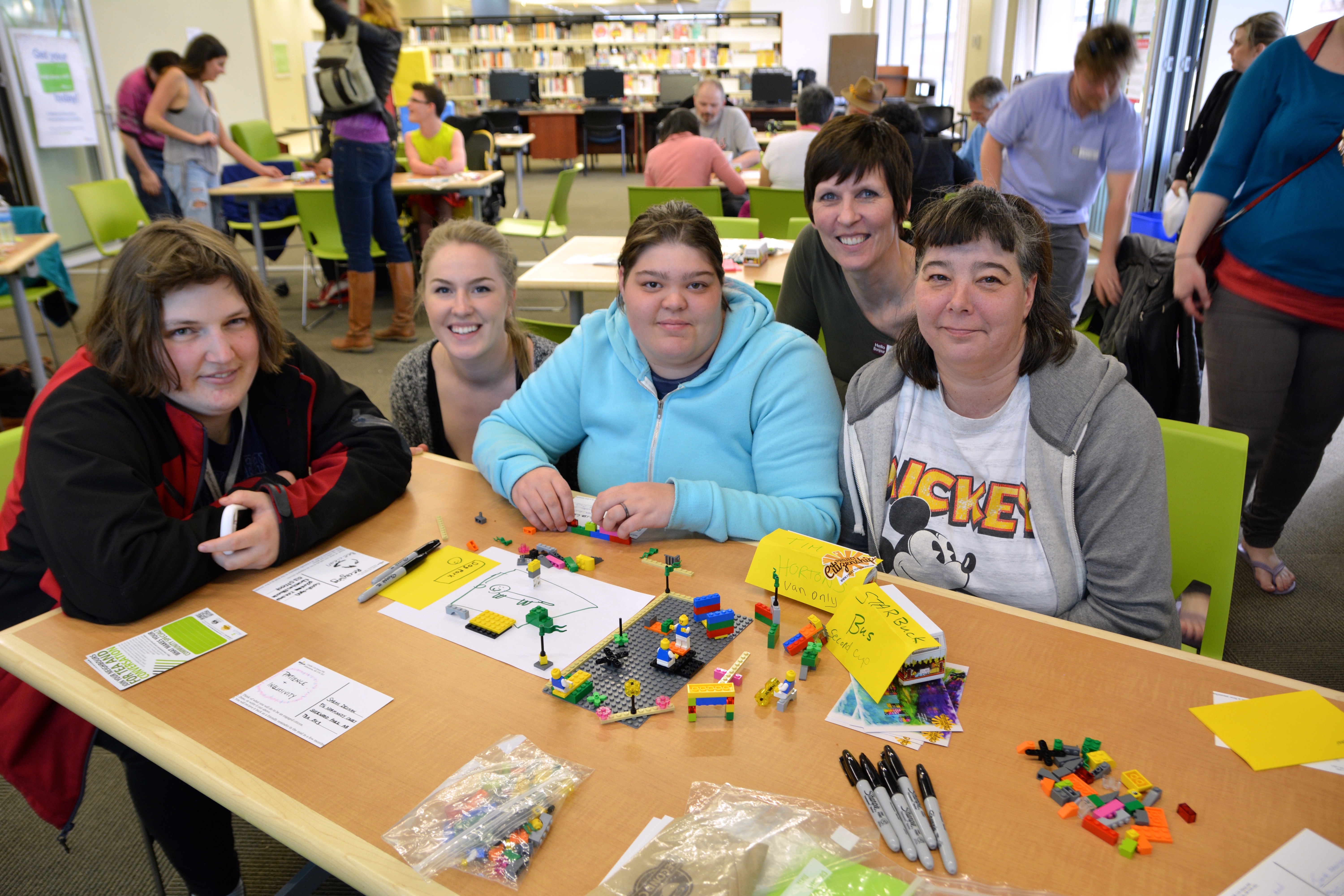
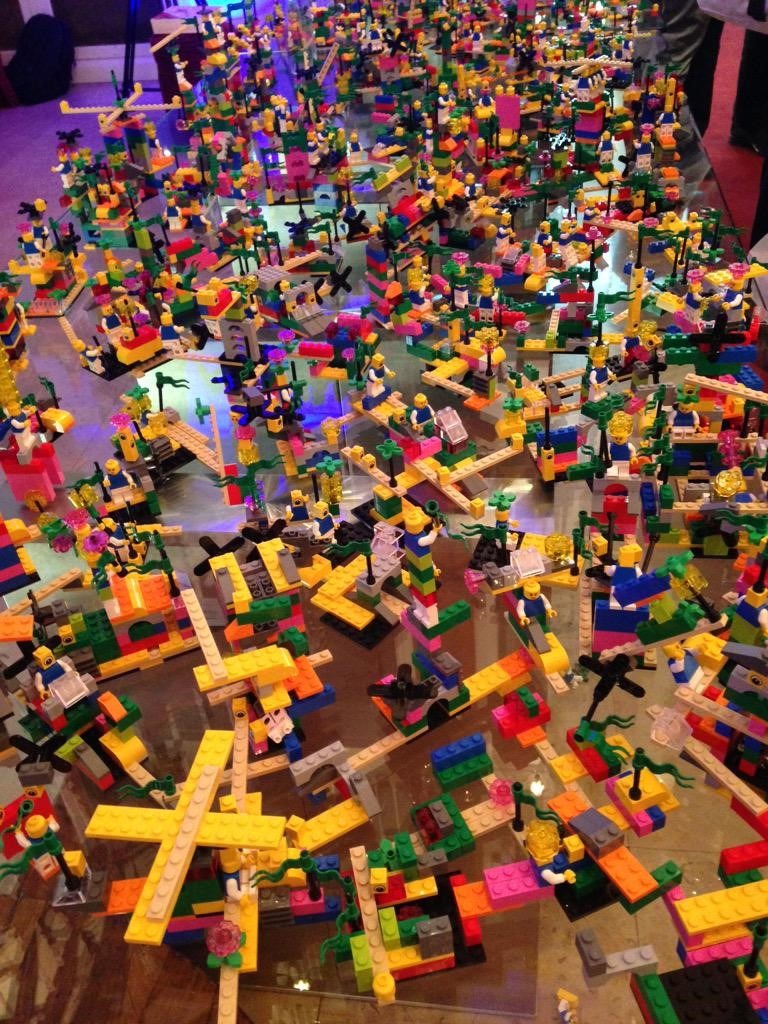
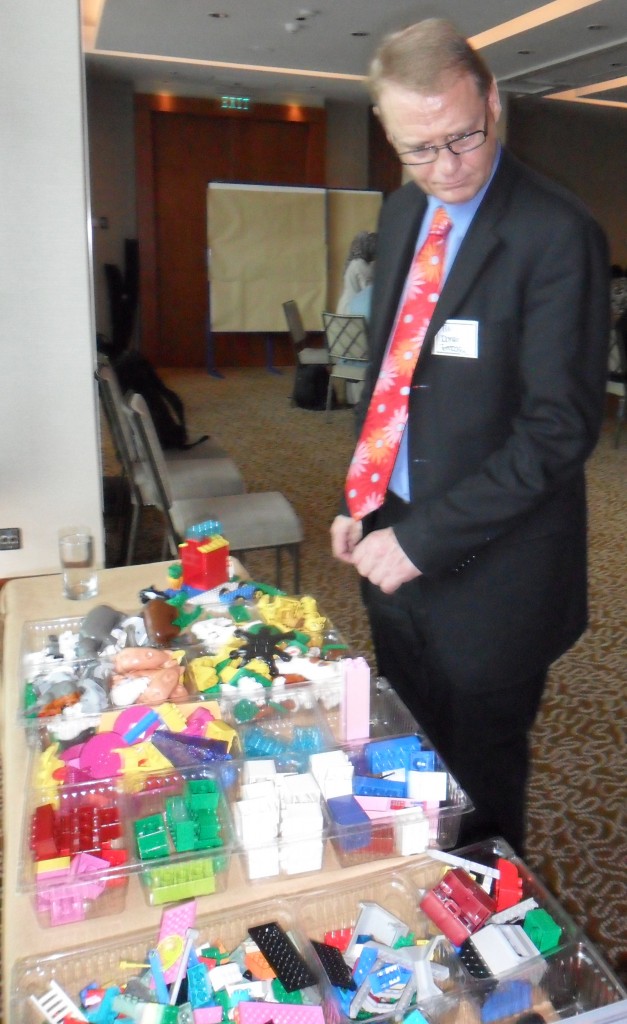
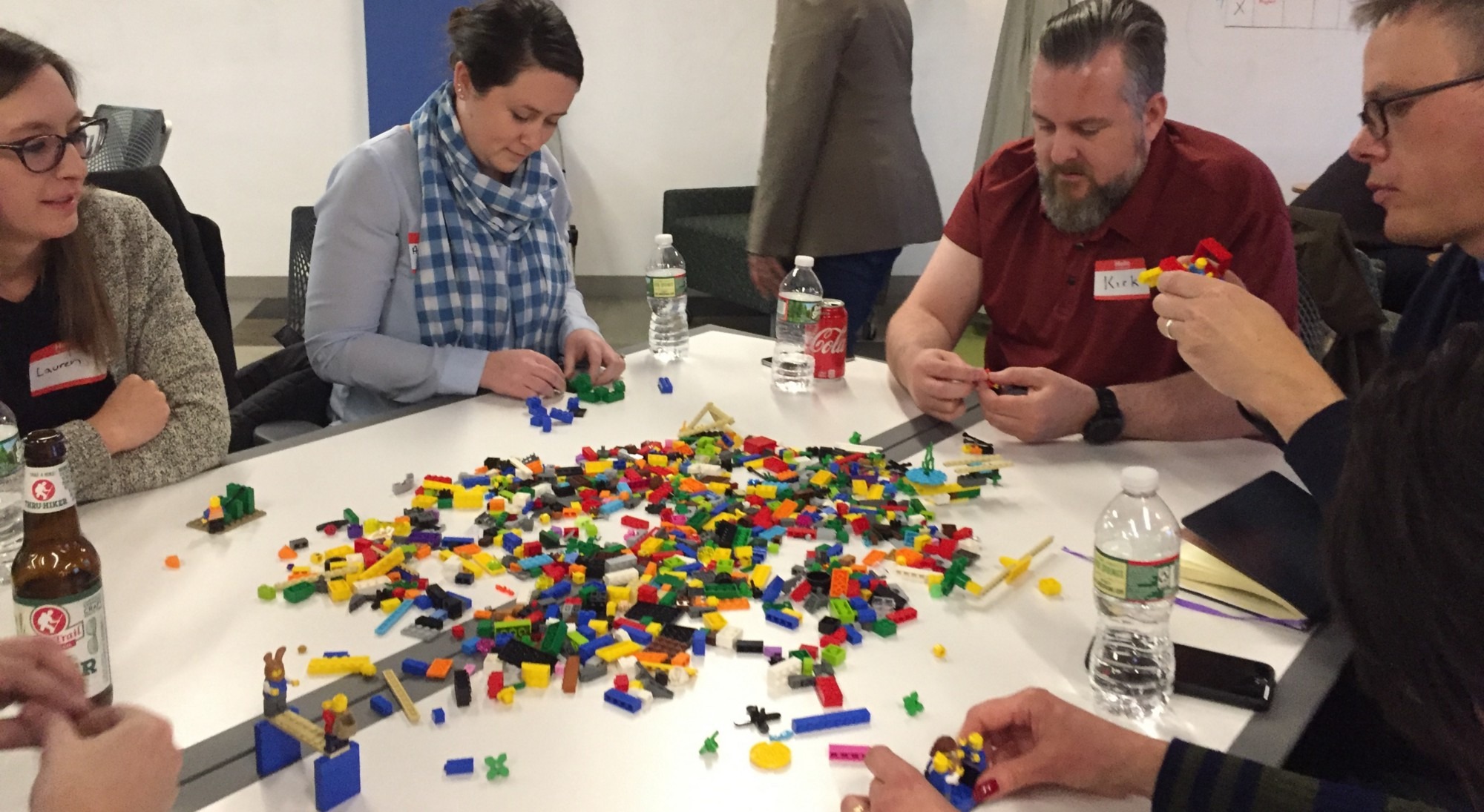
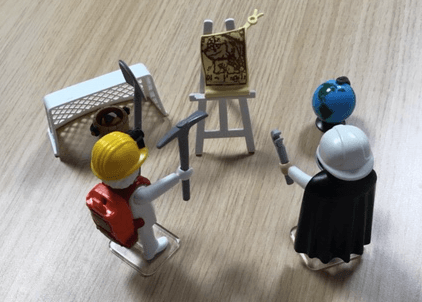
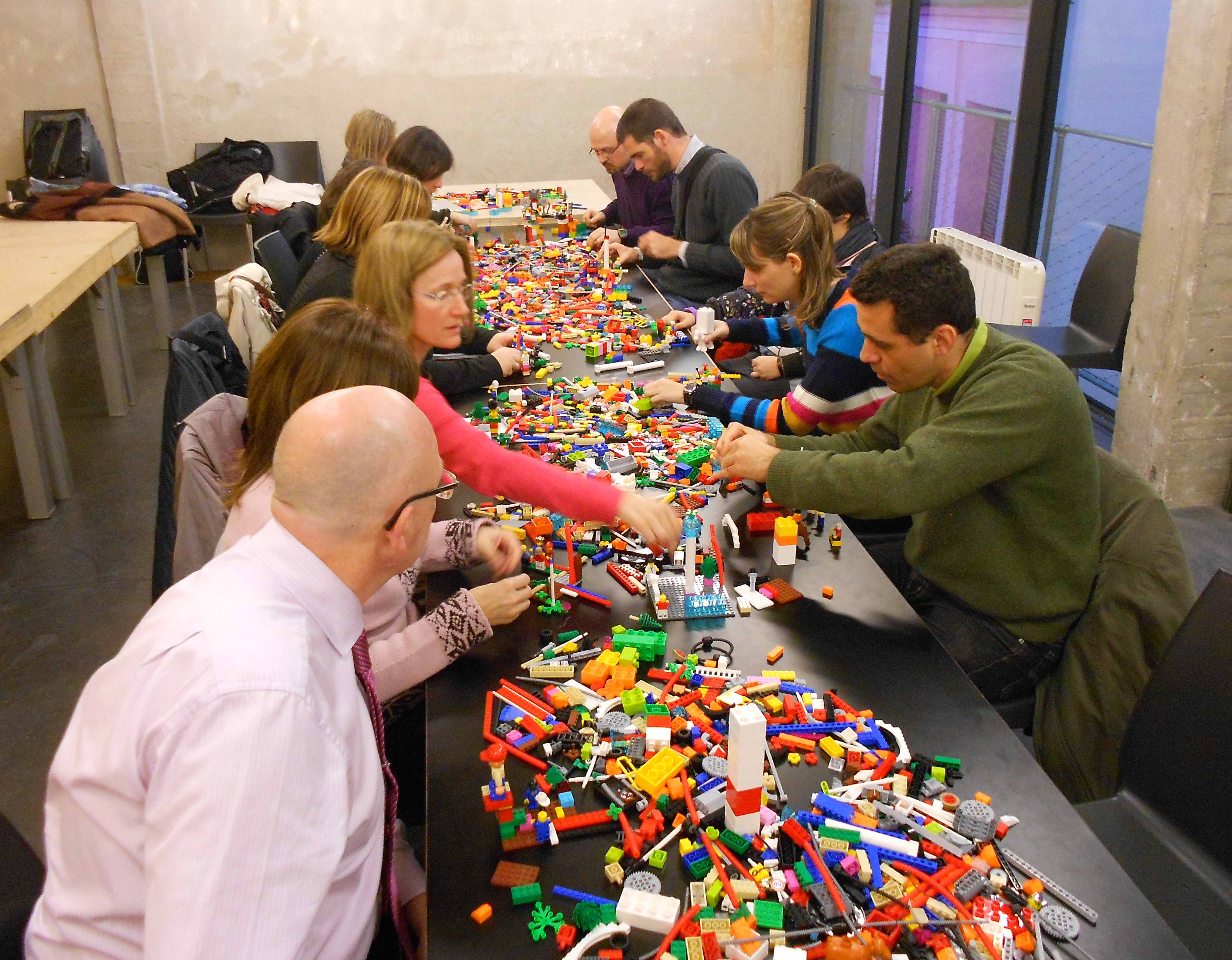
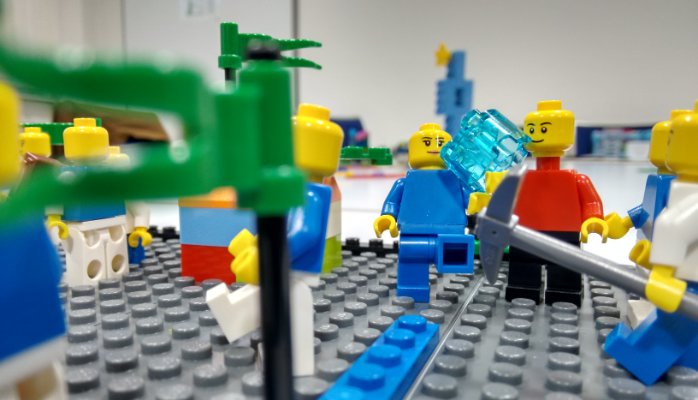


Hey Guys, Thanks for sharing :-)
I think it was really important that Rory mentioned that his team only concentrated on the areas of the Canvas, where they felt they were weak. Aesthetically, it’s nice to have a whole vision, but pragmatically, it’s a bit of a luxury to spend time modelling stuff that you already feel you agree on.
As my session at the EPFL will be in an educational context, I will try to make sure I cover all areas to some degree. I’m actually thinking of using the process we designed for Swisscom and changing the terminology to fit the Business Model Canvas.
I have used LSP and the Business Canvass with great success. One of my customers reported a 103% bottom line increase and a 56% topline increase 12 months later. They contribute this to the intervention I facilitated.
I had 5 business units in the room and we built 5 canvasses concurrently for each business unit.
What were the key takeaways for them (as per their comments)
1) I never knew this is what the other department do. Now I understand it and I can spot opportonities to cross-sell far better
2) What a mess – we are trying to be everything to everybody
3) Ability to spot duplication and ineffieciencies
4) Closed down one business unit
5) Created 3 new business units based on clear gaps in the market